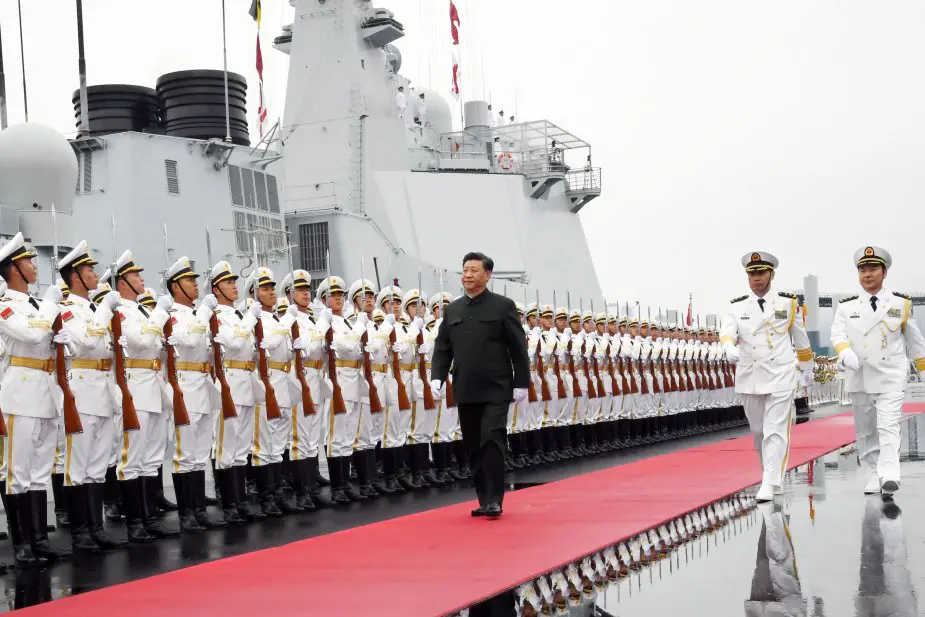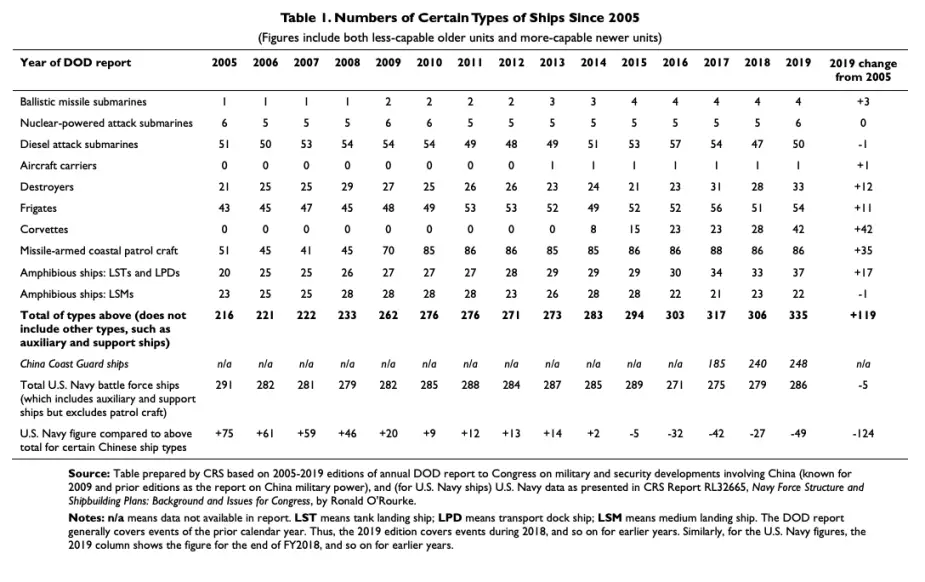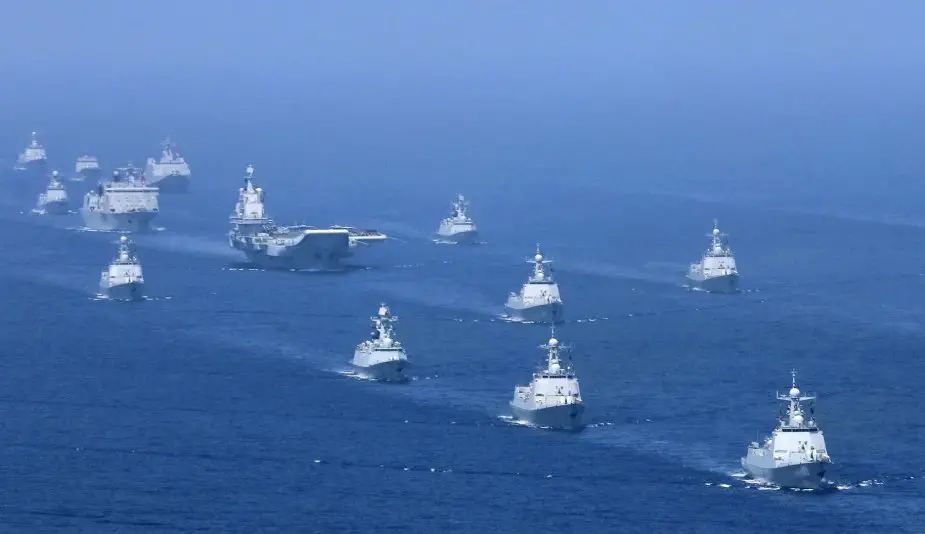Breaking news
China Naval modernization becomes top focus of US Navy plans.
According to the US Congressional Research document updated on July 30 2020, China’s military modernization effort, including its naval modernization effort, has become the top focus of U.S. defense planning and budgeting.
Follow Navy Recognition on Google News at this link
 President Xi Jinping inspects PLA Navy Honour Guard. (Picture source: Xinhua)
President Xi Jinping inspects PLA Navy Honour Guard. (Picture source: Xinhua)
The People's Liberation Army Navy has become more prominent in recent years owing to a change in Chinese strategic priorities. The new strategic threats include possible conflict with the United States and/or a resurgent Japan in areas such as the Taiwan Strait or the South China Sea. As part of its overall program of naval modernization, the PLAN has a long-term plan of developing a blue-water navy.
Since the early to mid-1990s, China's navy has become a formidable military force within China’s near-seas region, and it is conducting a growing number of operations in more distant waters, including the broader waters of the Western Pacific, the Indian Ocean, and waters around Europe.
 Navy Force Structure and Shipbuilding Plans. (Picture source: Congressional Research Service)
Navy Force Structure and Shipbuilding Plans. (Picture source: Congressional Research Service)
Today, the PLAN is the largest navy in the world, with 33 destroyers, 54 frigates, 42 corvettes, 37 landing ships/amphibious transport docks, 60 submarines and, perhaps most importantly, two aircraft carriers and two amphibious assault ships. The majority of those are modern missile-carrying warships, and their range has increased to the point that there is debate over whether the PLAN has achieved "blue-water" status.
China’s naval modernization effort encompasses a wide array of platform and weapon acquisition programs, including anti-ship ballistic missiles (ASBMs), anti-ship cruise missiles (ASCMs), submarines, surface ships, aircraft, unmanned vehicles (UVs), and supporting C4ISR (command and control, communications, computers, intelligence, surveillance, and reconnaissance) systems. China’s naval modernization effort also includes improvements in maintenance and logistics, doctrine, personnel quality, education and training, and exercises.
According to the report, the U.S. Navy in recent years has taken a number of actions to counter China’s naval modernization effort. Among other things, the U.S. Navy has shifted a greater percentage of its fleet to the Pacific; assigned its most-capable new ships and aircraft and its best personnel to the Pacific; maintained or increased general presence operations, training and developmental exercises, and engagement and cooperation with allied and other navies in the Indo-Pacific; increased the planned future size of the Navy; initiated, increased, or accelerated numerous programs for developing new military technologies and acquiring new ships, aircraft, unmanned vehicles, and weapons; begun development of new operational concepts (i.e., new ways to employ Navy and Marine Corps forces) for countering Chinese maritime A2/AD forces; and signalled that the Navy in coming years will shift to a more distributed fleet architecture that will feature a smaller portion of larger ships, a larger portion of smaller ships, and substantially greater use of unmanned vehicles. The issue for Congress is whether the U.S. Navy is responding appropriately to China’s naval modernization effort.
 China’s navy conducts a parade in the South China Sea off the coast of Hainan. (Picture source: AP)
China’s navy conducts a parade in the South China Sea off the coast of Hainan. (Picture source: AP)


























